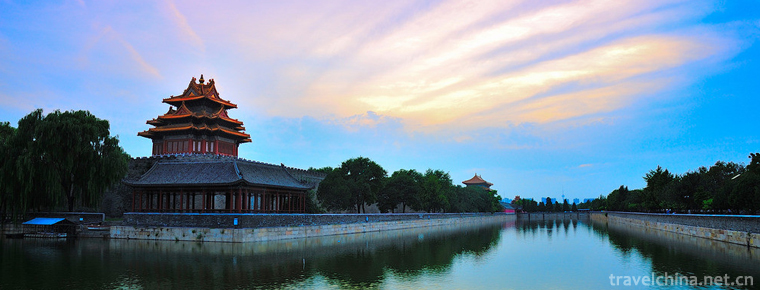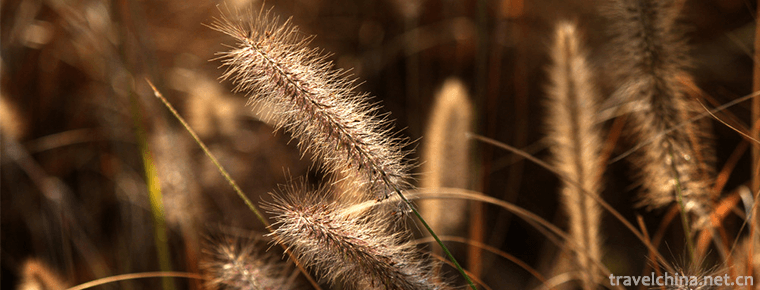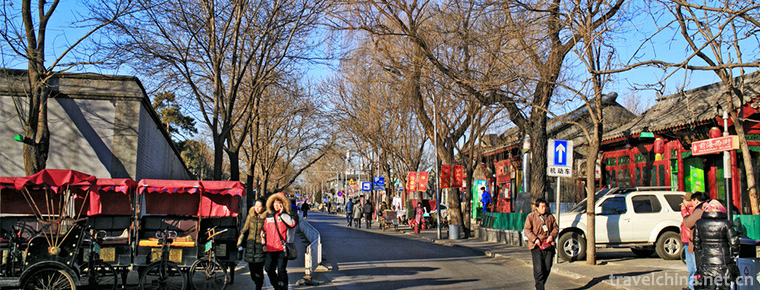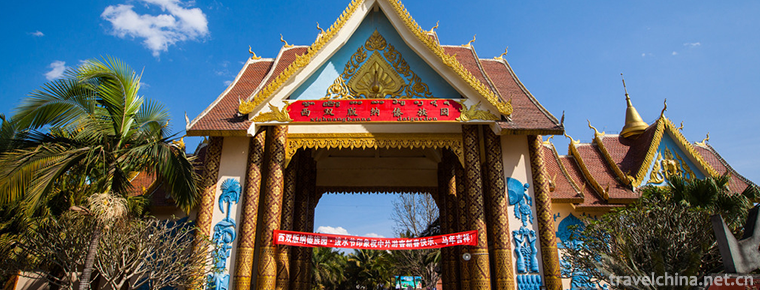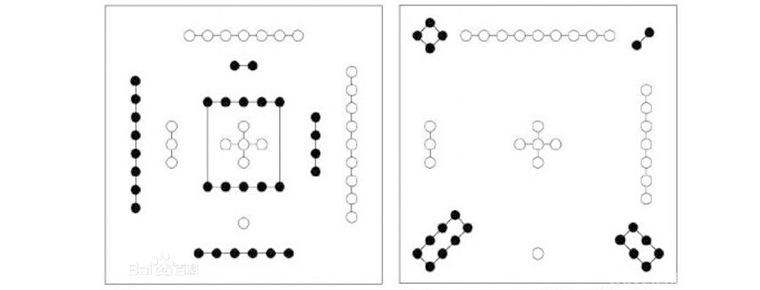Plaque Custom Hakka Plaque Custom in South Jiangxi
Plaque Custom Hakka Plaque Custom in South Jiangxi
Hakka plaque custom in southern Jiangxi has gradually developed with the migration of northern scholars to southern Jiangxi. Hakka traditional custom in rural areas has been formed through plaque sending and plaque hanging activities to praise the advanced and set an example. The custom of plaque has been inherited and developed in southern Jiangxi, especially Huichang. It has exerted a subtle influence on the countryside. Since Song and Yuan Dynasties, the custom of Hakka plaque in southern Jiangxi has been flourishing for thousands of years. We brush away the dust of history, Hakka ancestors worship culture and religion, the Hakka cultural characteristics of Dunzhong Mu clan, and their words and deeds are passed down from generation to generation in the plaque custom.
historical origin
The origin of plaque is very early. "Shuowen Jiezi" explains "Bian" as follows: "Bian, Department also, from the household register. For those who have registered their accounts, they should also sign the entries. Well, that's the plaque on the hanging door screen. According to Duan Yucai's Notes on Shuowen Jiezi, the earliest plaque appeared in the sixth year of Emperor Gaozu of the Han Dynasty (200 B.C.). The plaque inscribed by Xiao He on the two passes of "Canglong" and "Baihu". Yang Xin's "Bi Matrix Picture" also recounts this matter: "Xiao He Shan Zhuan in the Pre-Han Dynasty. For the front hall, think in March to inscribe the sum. What makes a bald pen book? Looking at historical documents, we can see that there are flat, flat and plaque, plaque, plaque and so on. Plaque is usually hanging between the lintel and eaves, playing a role in closing the space between the upper part of the door and eaves and embellishing it. It is widely used in palaces, gardens and ancestral halls. It is popular because of its unique cultural connotation.
After the "South Crown Crossing", Gannan became the first stop for Hakka ancestors, and the custom of plaque was brought to Gannan, which was inherited and developed in the vast Hakka area of Gannan. The prosperity of Hakka plaque culture in southern Jiangxi is related to the geographical form of rural communities living in southern Jiangxi. Since the Song and Yuan Dynasties, the Hakka ancestors came to southern Jiangxi to support the old and bring the young. In order to survive and develop, they mostly chose the way of reproduction and development to live together. Until today, there are still many phenomena of large families living together in one village. For the sake of Dun clan harmony, seeking roots and asking for ancestors, and gathering clan strength, the Hakka ancestors in southern Jiangxi built ancestral halls and ancestral halls with different surnames and clan branches. All kinds of ancestral halls have the custom of hanging plaques and other plaques.
Plaques in southern Jiangxi have been enriched and developed. Generally speaking, Hakka plaques in southern Jiangxi mainly include three categories: hall plaques, merit plaques and longevity plaques. The plaque is generally large in size, rectangular in majority, rough in font, relatively concise in decoration, mainly highlighting the "a certain hall" of the logo function. Gong De Plaque and Shou Plaque are of different sizes and various shapes. They pay attention to the combination of calligraphy, patterns, seals, carvings, colors and other artistic forms.
With the increasing importance of the influence of the big family in the grass-roots society, the Hakka plaque in southern Jiangxi has gradually become the main carrier with the function of educating the countryside and rural management. With the joint efforts of the officials and the folk squires in past dynasties, the use of plaque as a folk culture has been playing a full role in rural governance and education. From Song and Yuan Dynasties to the Republic of China, the Hakka plaque in southern Jiangxi has been a popular folk culture for nearly a thousand years.
Regulations and rituals
Hakka folk in southern Jiangxi Province, hanging plaques is a very serious event. For this reason, all surnames have made strict regulations on plaque hanging, and the clan must abide by them and not violate them. According to the inheritor Xiao Tianchang, the Hakka plaque in southern Jiangxi has a strong folklore, and there is a unique procedure from regulation to ceremony.
1. regulations. Those who are eligible to hang plaques in ancestral temples are strictly regulated by their family names. They are: over 80 years old (including 80 years old), husband and wife are 60 years old, brothers are 300 years old, doctoral or professor's diploma, County (regiment) and county (regiment) level posts and above, and their contributions to the ancestral temples are especially strong. A wooden plaque can only be hung in the ancestral hall for those of the above types, such as the full hall of descendants and the filial piety of the younger generation.
2. application. If there are any of the above mentioned types, I can apply orally to the members of the ancestral temple council. Its content includes the type, content and time of plaque. After my application, the Council members will promptly convene personnel to study and inform the parties about the discussion and study.
3. set the plaque. After the Council informs the parties about the discussion and study, the parties go to the shop where they make (write) the plaque and tell the owner the content of the plaque, the money and the date of the plaque hanging in detail. The inscriptions on the tablets used to be written by the best Chinese characters in the family, but now they are generally written by the shopkeepers.
4. swim plaque. On the first day of hanging the plaque, the parties had to beat gongs and drums and send someone to pick up the plaque. After receiving the plaque, the elders (over 60 years old) and uncles and brothers of the whole housing department gathered happily, carrying the plaque by two younger descendants and walking in the front of the team. Along the way, the sound of gongs and drums, beeps and firecrackers rang through the sky, and the whole team roamed from the head of the village to the end of the village. After a tour around the village, the plaque was put on the table of the ancestral temple.
5. Plaque: The deacon carried the*fat*pig*into the ancestral temple and slaughtered it. The blood of the pig was smeared on the plaque, which was called the "Plaque for Pig Killing". At this time, drums and music were singing together, and the whole ancestral hall was filled with a lively and festive atmosphere.
6. Hanging plaque: also known as "nail plaque". In advance, the two ends of the plaque were tied with long ropes, and the people standing on the stairs on both sides exerted themselves at the same time. The plaque was slowly raised. The plaque was hung on the citrus of the ancestral temple according to the pre-arranged position. When hanging the plaque, the sounds of gongs, drums, firecrackers and suonas rang from inside and outside the temple, deafening. Everyone was standing in the ancestral hall, and no noise was allowed.
7. Uncovering the plaque: The people who set up the plaque should invite the elders of their clan to uncover the red cloth which had been covered on the plaque in advance.
8. Restaurant: At noon of the same day, members of the ancestral temple council, uncles, brothers, relatives and friends of the plaque-making family's house gathered together to wish the host family Ding prosperity and good luck!
In addition, according to Xiao Tianchang, the inheritor of the plaque custom, the production of the plaque also has many fastidious, from the specifications, generally in line with the number of "three, six, nine", otherwise unlucky; from the plaque writing, the plaque according to the order of "rich, noble, poor, base", generally choose the word "rich, noble" and the plaque according to the order of "birth, old, disease, death, suffering". In general, the word "student" should be chosen. These regulations must be observed, or they will make jokes and make fun of others.
Important value
1. Social Value
1) Setting up the ideal of personality and promoting interpersonal harmony. Plaque is a symbol of cultural life, which symbolizes the character and ideal of the owner. It is conducive to Dun clan harmony, promoting filial piety and enlightening future generations, and promoting people's progress. It is also conducive to maintaining the stability of the family, clan and the whole society.
2) Promoting social morality and strengthening Chinese solidarity. The plaque is the most precious and pure gift, which affirms people's character and contribution more than material rewards. At the same time, it can strengthen the centripetal force and cohesion of the Chinese nation and promote the early realization of the great cause of reunification of the motherland.
2. Art value. "Learning books by plaque, you can get the essence of the pen". Hakka plaque often carries ink and is a precious carrier of calligraphy art. Most of the exquisite plaques are surrounded by many artistic sculptures which are elegant and popular, and reflect elegance with vulgarity. They can be said to be Beaded couplets.
3. The value of historical data. "Studying history by plaque can help Zhi". It provides us with material reference for studying ancient document system, gift system, official system and local administrative system.
Inheritance and Development
Since the beginning of the 21st century, the plaque custom has praised and praised the praises, deeds and excellent qualities of the plaque recipients in the way of commending the advanced and setting an example. It has been widely recognized by the people. It has made outstanding contributions to the public welfare cause, the family cause, the doctorate degree and so on. The clan councils have all commended the plaque recipients by presenting them with plaques. In addition, in the Hakka family name genealogy activities, clan relatives from other places often present plaques to celebrate. Plaque custom has gained new life and new connotation. It has experienced more than one thousand years of inheritance and development, and has been passed down from generation to generation.
In November 2014, "Hakka Plaque Customs in Southern Jiangxi" was approved by the State Council to be included in the fourth batch of representative projects of national intangible cultural heritage.




-
Dameisha Beach Park
Dameisha Beach Park was built on June 18, 1999 with a total investment of 120 million yuan.
Views: 229 Time 2018-10-12 -
Tongzhou Forest Park of Grand Canal
Tongzhou Forest Park of the Grand Canal is located on both sides of the North Canal of Tongzhou New Town, Beijing. It starts from Luyang Bridge on the Sixth Ring Road in the north and Wuyao Bridge in .
Views: 80 Time 2019-01-07 -
Guo Moruos Former Residence in Beijing
Guo Moruo's former residence is located at No. 18, Qianhaixi Rim, Xicheng District. Originally a garden in Heling in Qing Dynasty, it became the forage yard and stables of Yixian Mansion of Prince Gon.
Views: 352 Time 2019-01-13 -
The Dai Garden of Xishuangbanna
The Dai Garden is called Xishuangbanna Dai Garden. Located in Xishuangbanna Olive Dam, Yunnan Province, China. There are five Dai Natural Villages with the best preservation in China.
Views: 175 Time 2019-02-25 -
Dabie Mountain Folk Songs
Dabie Mountain folk song is a traditional folk song widely circulated in the west of Anhui Province. With the unique regionality of the interdependence of mountains and rivers.
Views: 246 Time 2019-04-23 -
Legend of Hetuluo Books
The legend of Hetu Luoshu is a folklore system about Hetu and Luoshu, which was born in Luoyang, Henan Province. It mainly includes the legend of Longma Negative Tu Temple and the offering of Luoshu b.
Views: 173 Time 2019-05-03 -
The Construction Skills of Hui School Traditional Dwellings
The construction techniques of Hui traditional dwellings are the traditional wood structure construction techniques with rich local characteristics. The legend of woodworking techniques is written bet.
Views: 346 Time 2019-05-04 -
Green Tea Production Techniques
Green tea production technology is a national intangible cultural heritage. Luan Guapian is a special kind of green tea. Cucumber seed-like flake-shaped tea is made from local endemic varieties by wre.
Views: 295 Time 2019-05-15 -
Xiamen lacquer line carving skills
Xiamen lacquer line carving technique is to use old brick powder, large paint and cooked tung oil as raw materials to mix, repeatedly beat into soft and resilient clay (commonly known as "lacquer.
Views: 84 Time 2019-06-12 -
Beijing Film Academy
Beijing Film Academy is a University of art with film history and profound film culture. Its predecessor is the Institute of Performing Arts founded in 1950. It was relocated in 1951 and renamed as th.
Views: 159 Time 2019-09-06 -
Neijiang administrative division
Neijiang City governs 5 county-level administrative divisions (Municipal District 2, county-level city 1, county-2), and 83 township level administrative divisions (street 13, town 70). It covers an area of 5386 square kilometers and has a population of 4.27 million..
Views: 158 Time 2020-12-16
